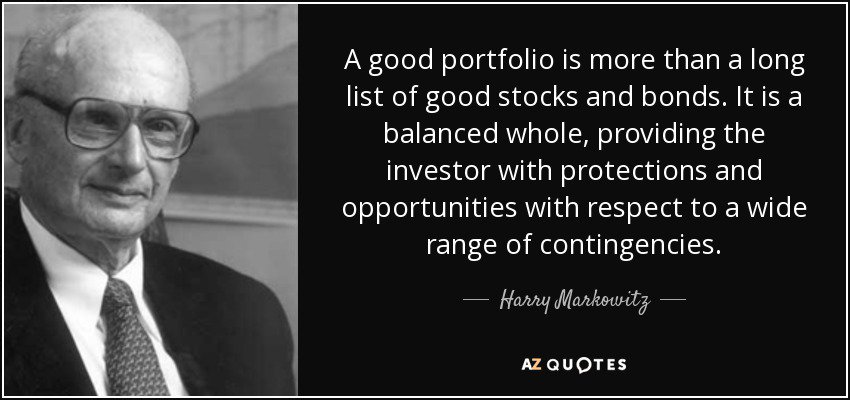1/ @Paradoxinvestor and his team at @Robeco spent months constructing a deep historical dataset stretching back to 1800 consisting of stock indexes, 1-year government bonds, commodities and currencies.
Summary:
investresolve.com/blog/over-two-…
• Replicated seminal factor studies dealing with multi-asset premia using a uniform testing methodology over the original period 1981 – 2011.
• Applied the same uniform testing methodologies to extend their tests back to 1800
• Examined the relationships between style premia returns and common macroeconomic and financial risk factors to determine if any of the premia have compelling risk based explanations.

















